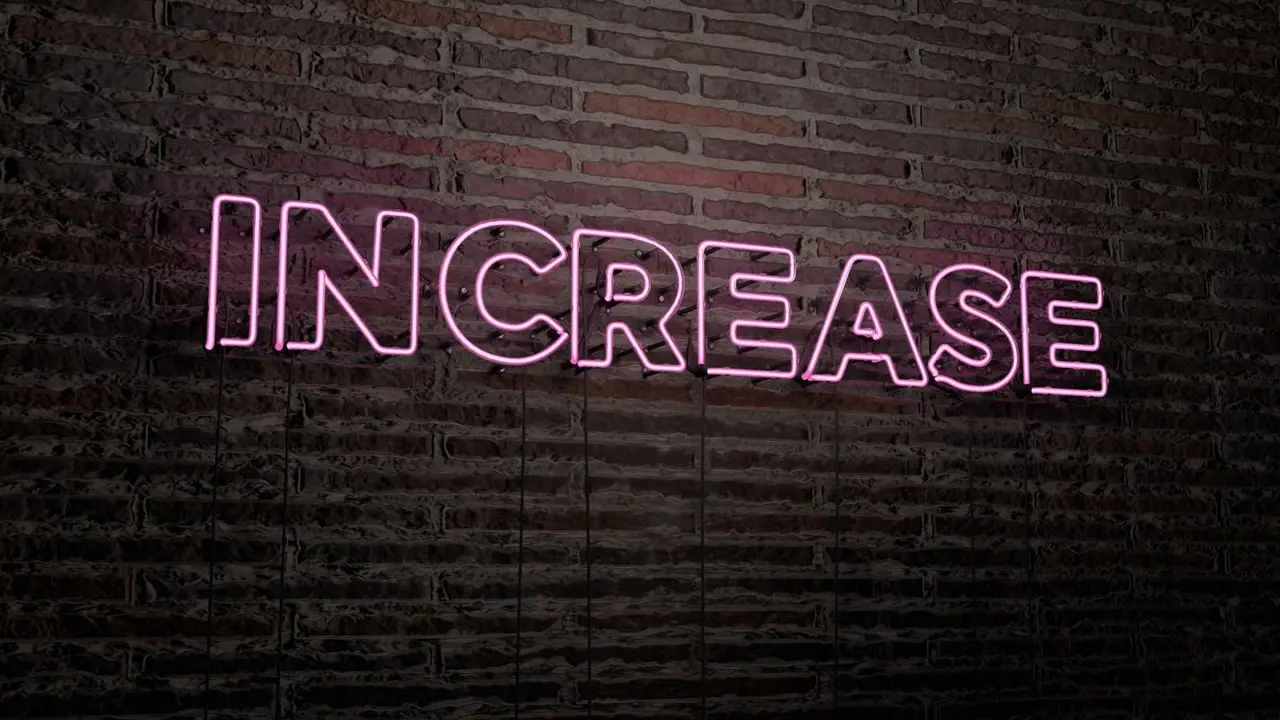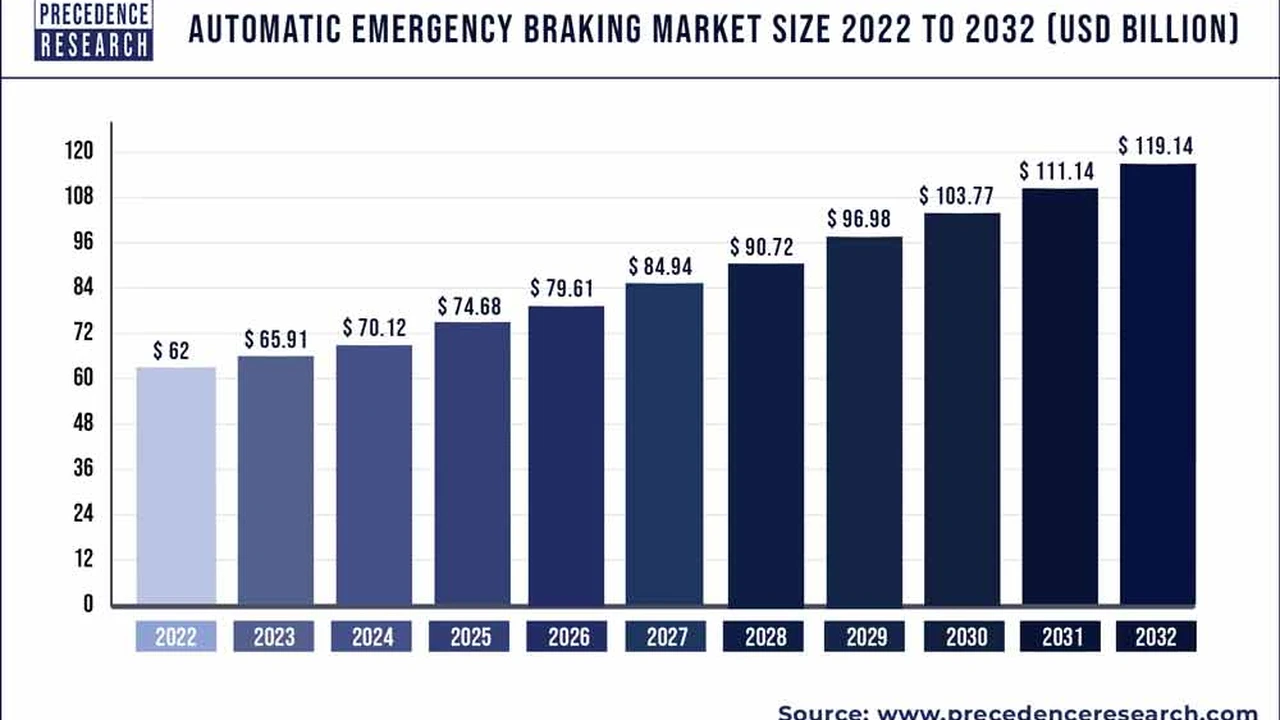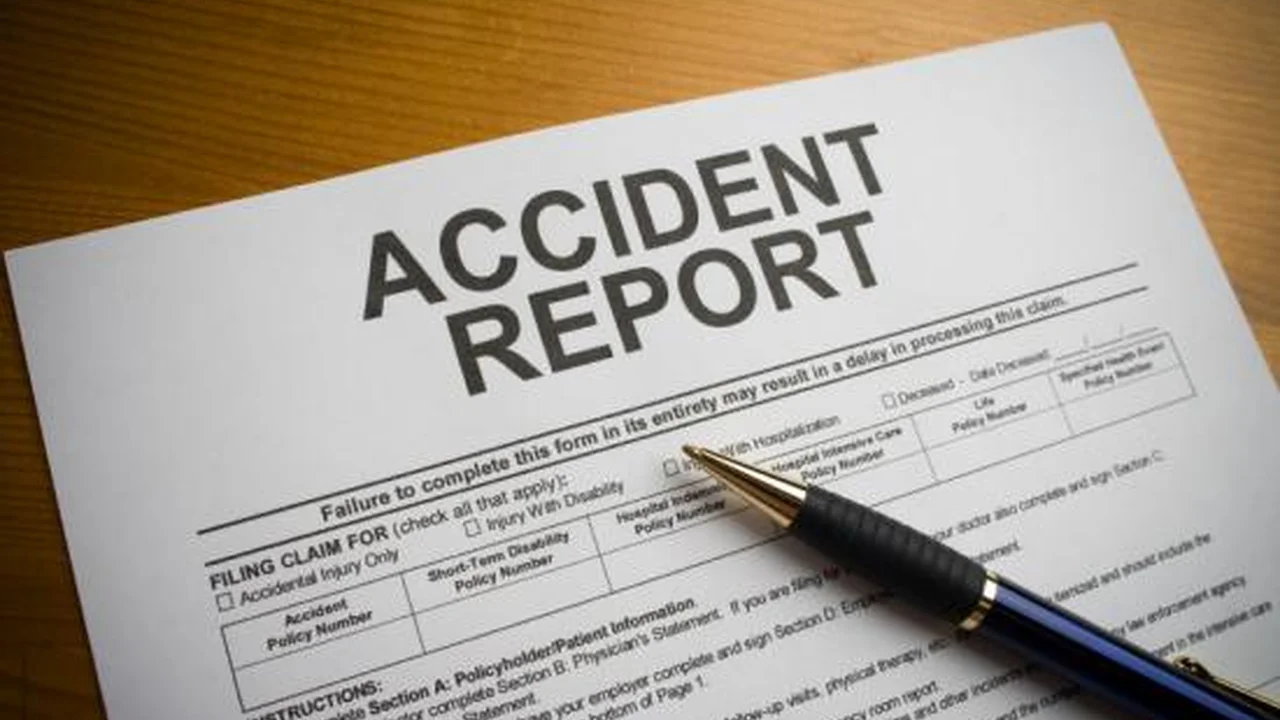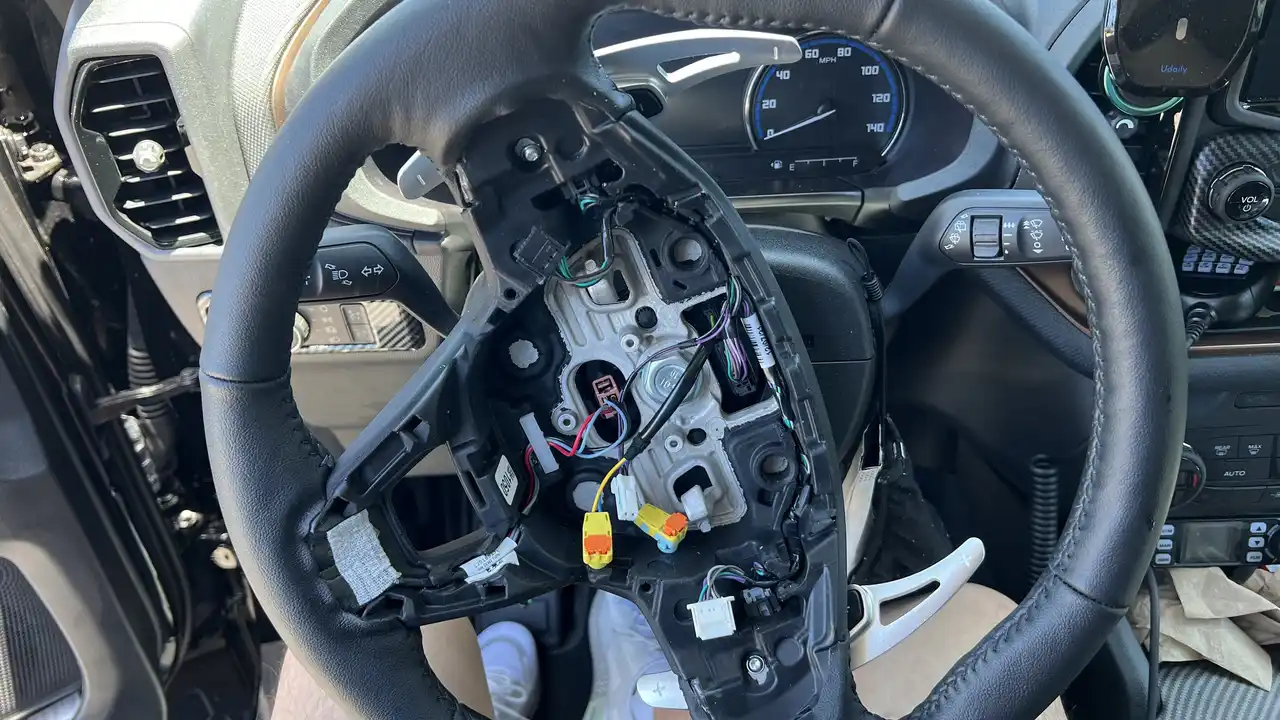The Impact of a Car Accident on Your Insurance Rates: What to Expect
Sample meta description.
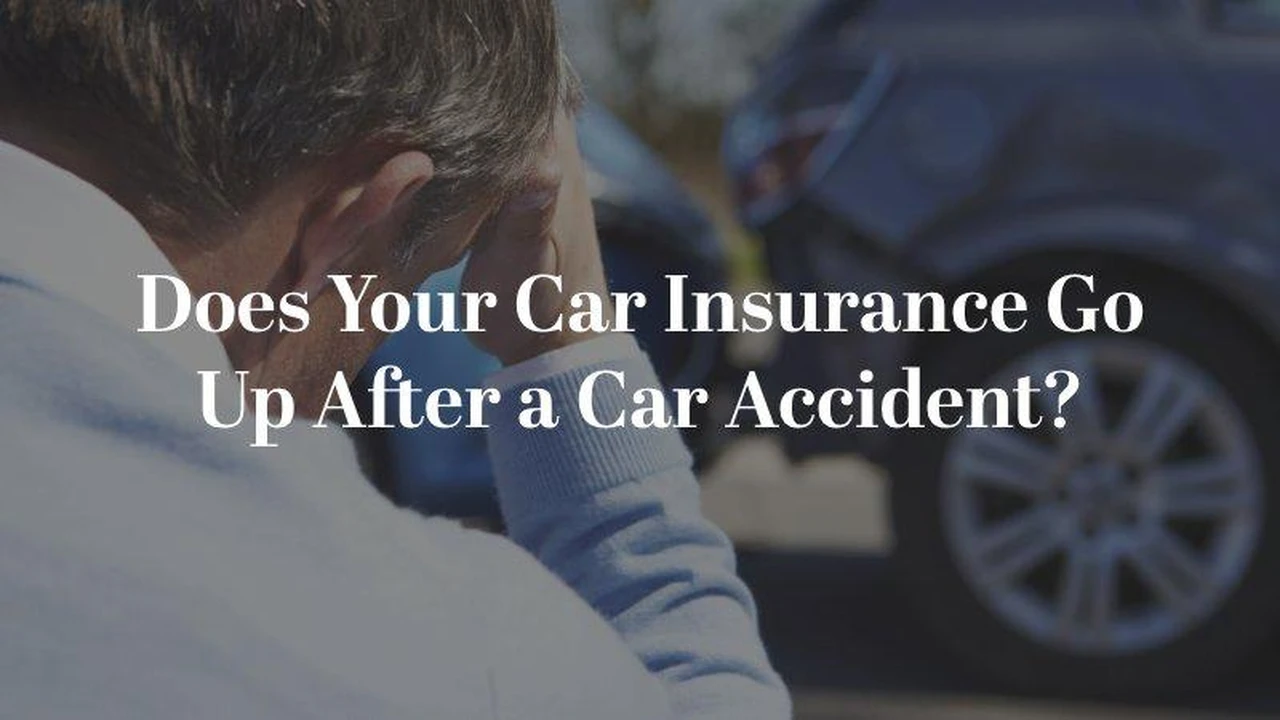
Understanding Car Insurance Rate Increases After an Accident Insurance Rate Hike Explained
So, you've been in a car accident. First things first, are you okay? Seriously, take a breath. Okay, good. Now that you're (hopefully) physically alright, the next thing that's probably swirling around in your head is: “How much is this going to cost me? And more specifically, how much is my insurance going to go up?” It's a valid concern. Car insurance isn't exactly cheap to begin with. Let's break down what to expect when your insurance rates take a post-accident hit.
The simple answer? Yes, your insurance rates will likely increase after an accident. But the *amount* they increase and *whether* they increase at all depends on a whole bunch of factors. Think of it like a recipe – lots of ingredients go into the final dish. We'll go through each of those ingredients, so you can get a better understanding of your specific situation.
Factors Influencing Your Post-Accident Insurance Rate Increase Fault Negligence and Claim History
Okay, let's dive into the nitty-gritty. These are the key things insurance companies look at when deciding whether to raise your rates:
- Fault: This is the big one. Were you at fault for the accident? If you were, prepare for an increase. Insurance companies see at-fault accidents as a sign that you're a higher risk driver. If the accident was clearly the other driver's fault, your rates *shouldn't* go up. Emphasis on "shouldn't" – sometimes things get complicated.
- Severity of the Accident: A fender bender in a parking lot? Probably not going to break the bank. A major collision with significant damage and injuries? Yeah, that's going to sting. The more expensive the claims paid out as a result of the accident, the bigger the potential rate hike.
- Your Driving Record: One accident on a clean record? Might not be as bad as you think. A history of speeding tickets, previous accidents, and other violations? Brace yourself. Insurance companies see a pattern of risky behavior as a huge red flag.
- Your Insurance Company's Policies: Every insurance company has its own way of calculating risk and setting rates. Some are more lenient than others. It pays to shop around and compare quotes from different companies.
- State Laws: Insurance regulations vary from state to state. Some states have "no-fault" insurance laws, which can affect how accidents impact your rates. Do some research on your state's specific regulations.
- Claim History: Have you filed claims in the past, even if they weren't your fault? A history of claims, even "not at fault" claims can sometimes lead to a rate increase. Insurance companies may see frequent claims as an indicator that you're more likely to be involved in accidents, regardless of fault.
Understanding At-Fault vs Not-At-Fault Accidents Insurance Claim Responsibility
Let's drill down on that "at-fault" thing. It's crucial to understand. An at-fault accident means you were determined to be responsible for causing the accident. This could be due to negligence, like speeding, running a red light, or driving under the influence. The police report and insurance company investigation will determine who was at fault.
A not-at-fault accident means you weren't responsible. The other driver was at fault. Ideally, their insurance company will pay for the damages to your car and any injuries you sustained. However, even if you're not at fault, your rates *could* still increase slightly, especially if you live in a state with a high volume of uninsured drivers. It sucks, but it happens.
How Much Will My Insurance Rates Increase Post Accident Average Cost Increase
This is the million-dollar question, right? Unfortunately, there's no one-size-fits-all answer. But here are some ballpark figures. According to various studies, you can expect your insurance rates to increase by anywhere from 20% to 50% after an at-fault accident. That's a pretty wide range, I know. Again, it depends on all those factors we talked about earlier.
For example, a minor fender bender with minimal damage might only result in a 20% increase. A major accident with significant injuries could easily push your rates up by 50% or more. And if you have a history of prior accidents or violations, the increase could be even steeper.
Strategies for Lowering Your Insurance Rates After an Accident Discount Options Safety Features and Defensive Driving Courses
Okay, so your rates are going up. What can you do about it? Here are a few strategies to try:
- Shop Around: Seriously, get quotes from multiple insurance companies. Rates vary wildly. Don't just stick with the company you've always been with. Loyalty doesn't always pay off.
- Increase Your Deductible: A higher deductible means you'll pay more out-of-pocket if you have another accident, but it can also lower your monthly premiums. Just make sure you can actually afford the higher deductible if you need to use it.
- Take a Defensive Driving Course: Some insurance companies offer discounts for completing a defensive driving course. It's a good way to refresh your driving skills and potentially save some money.
- Improve Your Credit Score: In many states, insurance companies use your credit score to help determine your rates. Improving your credit score can lead to lower premiums.
- Bundle Your Insurance: If you have multiple insurance policies (e.g., auto, home, renters), bundling them with the same company can often result in a discount.
- Review Your Coverage: Make sure you're not paying for coverage you don't need. For example, if you have an older car, you might not need comprehensive and collision coverage.
Product Recommendations for Safer Driving and Potential Insurance Discounts Dash Cams GPS Trackers and Anti-Theft Systems
Investing in certain products can not only make you a safer driver, but also potentially qualify you for insurance discounts. Here are a few recommendations:
Dash Cams: Your Witness on the Road Accident Recording and Liability Protection
Product: Vantrue N4 Pro 3 Channel Dash Cam
Use Case: Mount this dash cam to your windshield. It records the road ahead, the interior of your car, and the rear. In the event of an accident, you have video evidence to prove what happened, which can be invaluable when dealing with insurance companies.
Comparison: The Vantrue N4 Pro excels with its three-channel recording, providing comprehensive coverage. Cheaper options might only offer front recording, leaving you vulnerable in rear-end collisions. More expensive models might offer higher resolution or advanced features like GPS tracking, but the N4 Pro strikes a good balance between features and price.
Price: Around $250 - $300.
Product: Garmin Dash Cam Mini 2
Use Case: A discreet and compact dash cam that records the road ahead in high quality. It's easy to install and use, and offers cloud storage for your recordings.
Comparison: The Garmin Dash Cam Mini 2 stands out for its small size and ease of use. It's less feature-rich than the Vantrue N4 Pro, lacking interior and rear recording, but it's a more affordable and convenient option for drivers who primarily want front-facing protection.
Price: Around $130 - $150.
GPS Trackers: Monitoring Driver Behavior and Potential Savings Safe Driving Habits
Product: Bouncie GPS Tracker
Use Case: Plug this tracker into your car's OBD-II port. It tracks your driving behavior, including speed, hard braking, and acceleration. You can use this data to improve your driving habits and potentially qualify for insurance discounts (check with your insurance company). It also provides real-time location tracking, which can be helpful if your car is stolen.
Comparison: Bouncie is user-friendly and focuses on providing clear, actionable data. Other GPS trackers might offer more advanced features, like geofencing or detailed vehicle diagnostics, but Bouncie is a good choice for drivers who want a simple and affordable way to monitor their driving habits.
Price: Around $70 - $90 (plus a monthly subscription fee).
Product: Optimus 2.0 GPS Tracker
Use Case: A versatile GPS tracker that can be used for vehicle tracking, asset tracking, and even personal tracking. It offers real-time location updates, geofencing, and historical data logging.
Comparison: The Optimus 2.0 offers more advanced features than the Bouncie, such as geofencing and detailed historical data. It's a good choice for users who need more comprehensive tracking capabilities, but it's also more expensive and requires a more technical setup.
Price: Around $30 - $40 (plus a monthly subscription fee).
Anti-Theft Systems: Protecting Your Vehicle and Reducing Theft Risk Security Systems and Insurance Benefits
Product: LoJack Early Warning System
Use Case: This is a well-known anti-theft system that uses radio frequency technology to help police recover stolen vehicles. It's more effective than GPS-based systems in areas with weak GPS signals.
Comparison: LoJack is a proven and reliable anti-theft system, but it's also relatively expensive. GPS-based systems are generally more affordable, but they may not be as effective in all areas.
Price: Varies depending on the vehicle and installation, but typically ranges from $700 - $1000.
Product: Viper 5706V 2-Way Car Security with Remote Start System
Use Case: A comprehensive car security system that includes remote start, keyless entry, and a two-way remote that alerts you if your car is being tampered with.
Comparison: The Viper 5706V offers a wider range of features than LoJack, including remote start and keyless entry. However, it's primarily a security system, while LoJack is specifically designed for vehicle recovery.
Price: Around $300 - $400 (plus installation).
The Long-Term Perspective on Insurance Rates and Safe Driving Habits
Remember, your insurance rates aren't set in stone forever. If you maintain a clean driving record for several years, your rates will eventually go back down. Focus on safe driving habits, avoid accidents and violations, and shop around for the best rates. It might take some time, but you can eventually get your insurance costs back under control.
:max_bytes(150000):strip_icc()/277019-baked-pork-chops-with-cream-of-mushroom-soup-DDMFS-beauty-4x3-BG-7505-5762b731cf30447d9cbbbbbf387beafa.jpg)



